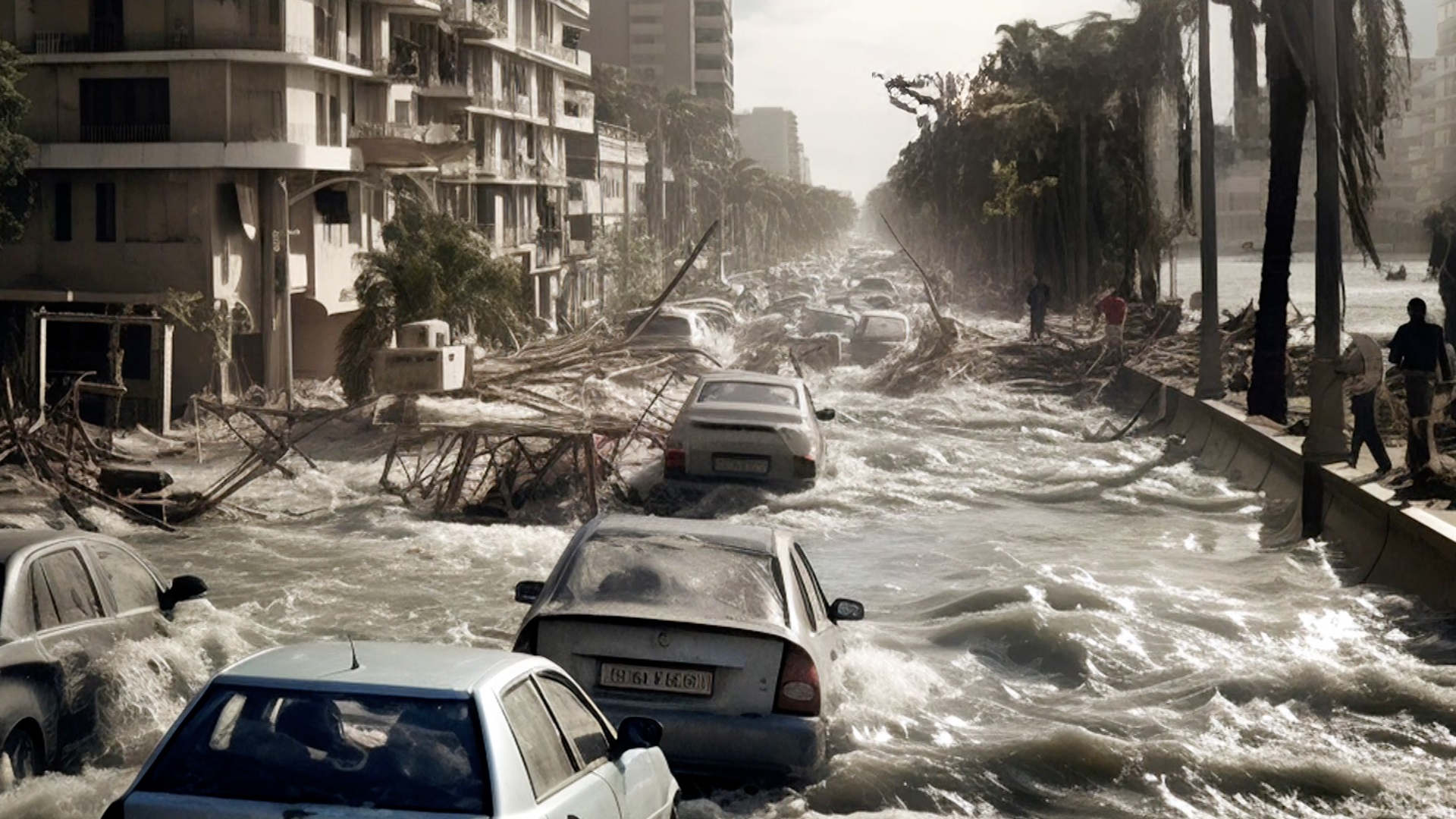
10/3/2023–|Last Updated: 10/3/202301:10 AM (Makkah Time)
Dr. Space Scientist specializing in Earth and Planetary Sciences. Issam Hajji blamed the increase in natural disasters such as earthquakes and floods in Arab countries on lack of awareness of climate change and lack of specialized research and monitoring stations. Poor urban planning.
In the episode dated (10/2/2023), “The Story Has the Rest” highlighted recent disasters affecting the region, such as the two devastating earthquakes that struck southern Turkey and its aftermath in the Middle East. February 2023, and the Al Houze earthquake in Morocco in September. From the same year, Libyan floods wreaked havoc in the coastal city of Derna, days after the Moroccan earthquake.
Haji said the Terna flood disaster was not the worst but a bad warning, pointing out that it was a copy of what happened there in 1925 when a storm in the Gulf destroyed naval vessels there. Famine and about the same number of casualties caused the death toll.
Hajji published maps of Terna after Hurricane Daniel, reviewed rainfall rates, and emphasized that the storm did not penetrate deeply, but caused large amounts of dust to move from the interior to the coast, stressing that the environmental risk lies in rebuilding by removing millions. cubic meters of soil.
He revealed that the Arab coastal cities of Alexandria in Egypt, Tangier in Morocco and Manama in Bahrain are losing their battle in light of the escalation of climate change and the short-term recurrence of recent decades in the Mediterranean region. For example, there is a lack of awareness of these risks and population growth in the region.
The Egyptian scientist made frequent stops in Alexandria, which he said had changed from a historically disaster-resistant city to an area at risk in the past 20 years, pointing to the danger of building in floodplains that have led to the degradation of the urban landscape. In a coastal town.
Population density risks
In his speech, Hajji said that the majority of the people of the Middle East and North Africa (92%) settled in 3% of the total area of the Arab world, before confirming that there had been a major collapse in climate and scientific knowledge, which caused most of the disasters.
In the same context, studies indicate that about 30 million residents of the Arab world are exposed to high risks of future catastrophic earthquakes.
The project uses artificial intelligence technology and satellite maps to broadcast images of the massive destruction that climate change can cause to infrastructure, such as storms entering coastal areas, wiping out everything in its path.
Hajji emphasized that there are solutions to climate change, “It is not the end of the universe and humanity, but rather the risk of dealing with it.” He pointed to a development project between the Universities of Munich and California, Khalifa University in Hamad bin Qatar and NASA to create a coastal zone in the Arab region “that will resist climate change”.
Haji offered some solutions to combat this climate change, including reforestation, the placement of what he called sand dunes, and “scientific” management of the coastal area.
Document image
The program aired a short documentary retracing the Arab region’s history with natural disasters, and stopped frequently to learn about the earthquake belts surrounding Arab countries with Arab and foreign experts. The film also traces the experiences of Chile and Japan in dealing with a series of earthquakes, particularly in the Asian country, which experiences two thousand earthquakes a year without any significant impact.
The film also covers the scientific views of leading experts from both countries on how to monitor earthquakes, the development of earthquake-proof building standards and flexibility of structures, ensuring that buildings absorb earthquakes.
Experts – who spoke during the film shown by the program – pointed out that Japan has earthquake sensors that help to initiate early evacuation measures, and that Tokyo has developed building codes with 3 levels: the first is related to steel supports, and the second is related to dampers that absorb earthquake energy and reach the third level. isolate from
For the Arab world, seismologists discussed conflict zones and their classifications and Arab countries at risk of earthquakes because 3 major earthquake belts pass through or near the region, namely the East African belt, the Alpine belt, and the Dead Sea fault, with the latter being the most active. Considered, and the countries concerned are Syria, Lebanon, Palestine and Jordan.
Experts revealed that there is a seismic index in the Arab world, but in addition to the slow development in the Arab region, it is a serious challenge, especially in cities with high population density, adding that “houses are the first cause of the increase in the number of collapse victims”.
They pointed out the importance of focusing on population distribution, disaster management plans and taking into account seismic risk and the fragility and unreliability of buildings, especially in the absence of an Arab earthquake monitoring network.

“Award-winning beer geek. Extreme coffeeaholic. Introvert. Avid travel specialist. Hipster-friendly communicator.”







